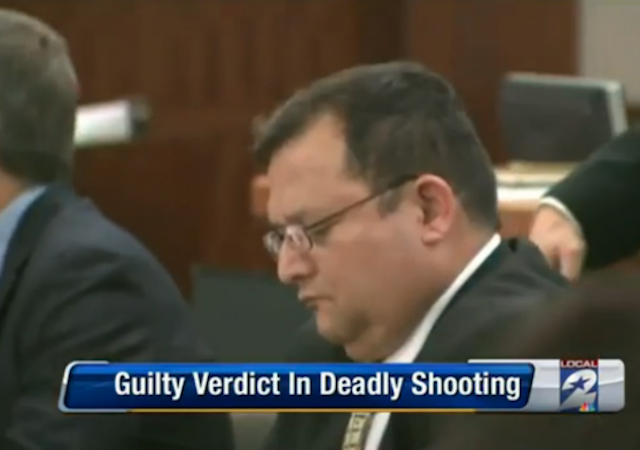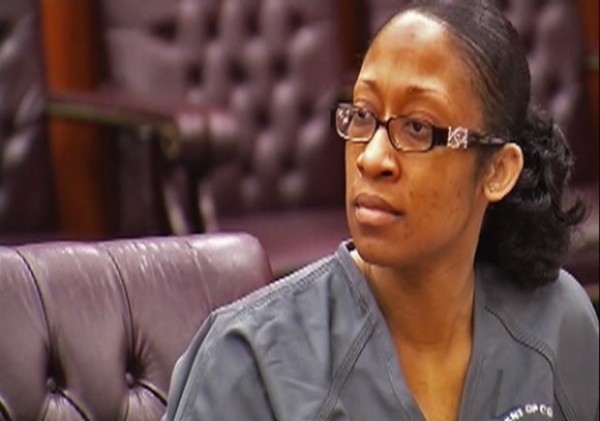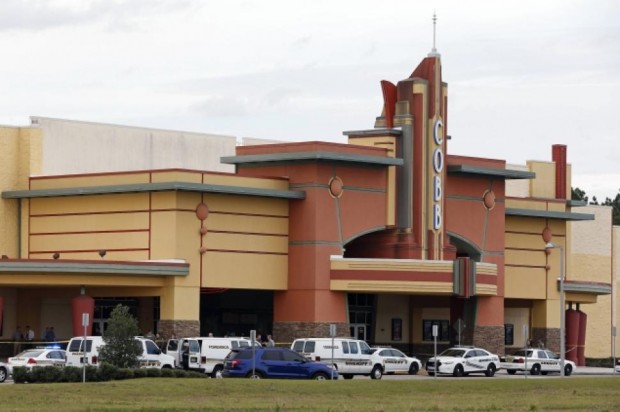UPDATE: In response to numerous requests, we provide additional information on the demographics of the jury selected for the trial of Officer Porter:
Three white women (all over the age of 50)
Three black men (all over the age of 50)
Five black women (range of ages)
One white man
And thanks to commenter Ragspierre: Additionally, three white men and one black man were chosen as alternates.
As we emerge from day two of the Freddie Gray trial of Police Officer William Porter, we have yet to see a compelling narrative of guilt from the prosecution, particularly on the more serious charges brought against Porter.There is no live remote access to the court room, so the information below is largely obtained from the reporting of
the Baltimore Sun newspaper:
Porter's charges stem from his decisions not to seat-belt Gray in the back of the van despite his being handcuffed with shackles on his legs, or failing to provide him medical assistance when he requested it, prosecutors have said. Porter was not the van's driver, but responded to assist other officers with Gray at multiple stops on the van's route.
Porter did not personally assist in Gray's arrest, nor was Porter responsible for the operation of the police van (that duty fell to the driver of that van Officer Goodson). Interestingly, jurors had the opportunity to actually inspect that police van today, when it was towed into the courthouse. Curiously, the Baltimore Sun reports that while the jurors were allowed to closely inspect the van, the vehicle itself was not entered into evidence.
For 160 years (not a typo) the Baltimore Police Department left to the discretion of the officers on the scene whether to belt a suspect into a van (whether horse-drawn or motorized). In fact, while seatbelt use in passenger cars is now
de rigueur, there are perfectly valid and rational reasons for not belting in a prisoner in a police van. In particular, that belting the prisoner in can lead to greater, not lesser, injuries in the event of a crash. (See my earlier post on this issue:
Freddie Gray Case: Autopsy report further undermines prosecution.)
Then, a mere week prior to Gray's arrest a new policy was promulgated by the Baltimore Police Department that all prisoners in vans were to be belted in. The prosecution in this trial has argued that Porter was "trained" in this policy, but it appears that "trained" in this context merely means that Porter was sent a single group email, one of scores officers receive from the department each day, and that was in no way particular noteworthy.






















